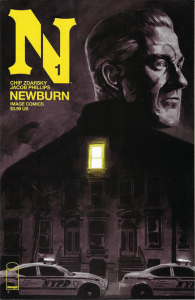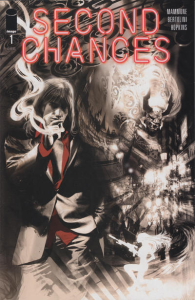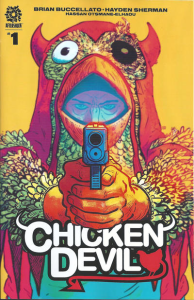In the past decade, the small screen has excelled in engrossingly dramatizing capitalism, from the inner workings of corporations in Mad Men, Succession, and Halt and Catch Fire to the parallels – and connections – to organized crime in Better Call Saul, Ozark, and StartUp. Martin Scorsese, after shooting stockbrokers like a variation of gangsters in The Wolf of Wall Street, depicted the history of American big business, racketeering, and political power as one and the same in The Irishman. To be sure, the notion of crime syndicates as basically companies and conglomerates isn’t new… In cinema, for instance, it can be found in classic film noir (Force of Evil), in old B-movies (Flight to Hong Kong), and in avant-garde thrillers (Point Blank). Yet it fascinates me that a growing interest in the dynamics of modern work and business models has led to such a stimulating boost in crime fiction.
That the overworld has become the new underworld isn’t an entirely shocking development, since crime yarns have their own aristocratic lineage (as Ernest Mandel put it in his thought-provoking book Delightful Murder, the fair-play mysteries perfected by Agatha Christie already signalled their origins, as the art of the clean subterfuge is the quintessence of British upper-class ideology). That said, you don’t have to be a cultural historian to look at the 2008 global financial crisis as an obvious turning point in terms of drawing attention to the overlap between legal and illegal forms of swindling and extorsion (it didn’t take long for veteran director Johnnie To to poignantly capture this intersection, in Life Without Principle).
As far as comic books go, these are also prolific times, with creators putting interesting spins on various storytelling traditions. With that in mind, I thought it’d be fun to do a balance of the crime scene in comics and see how they’ve been tapping into the current zeitgeist, from cybercrime to the gig economy. So this is the first of a new irregular series of posts catching up with recent crime comics.
One the best two ongoing crime series I’ve been keeping up with is A Righteous Thirst for Vengeance, which follows a man who wanders into that most neoliberal of the genre’s tropes: freelance contract killers, whose entrepreneurship apparently has found a new platform in the dark web, giving it a particularly contemporary spin (in addition to the fact that this is a rare comic where some of the background characters actually do wear disposable masks when getting on a bus).
That A Righteous Thirst for Vengeance hit the ground running isn’t much of a surprise, since it’s written by Rick Remender, an expert at grabbing readers with kickass first issues (even if he isn’t always able to sustain the momentum later in his series). Part of Remender’s talent involves shaping the material to suit the strengths of different artists in what I assume are pretty tight collaborations. Here, he works with André Lima Araújo to craft an exceptionally slow-burn, quasi-wordless thriller that resembles a meticulous storyboard for a Johnnie To flick, gorgeously colored by Chris O’Halloran and ingeniously lettered by the great Rus Wooton. More than the subject matter, then, so far this is a comic to read for the sheer pleasure of reading… and not in the sense of reading words, but in the sense of watching visual storytelling progressively unfold.

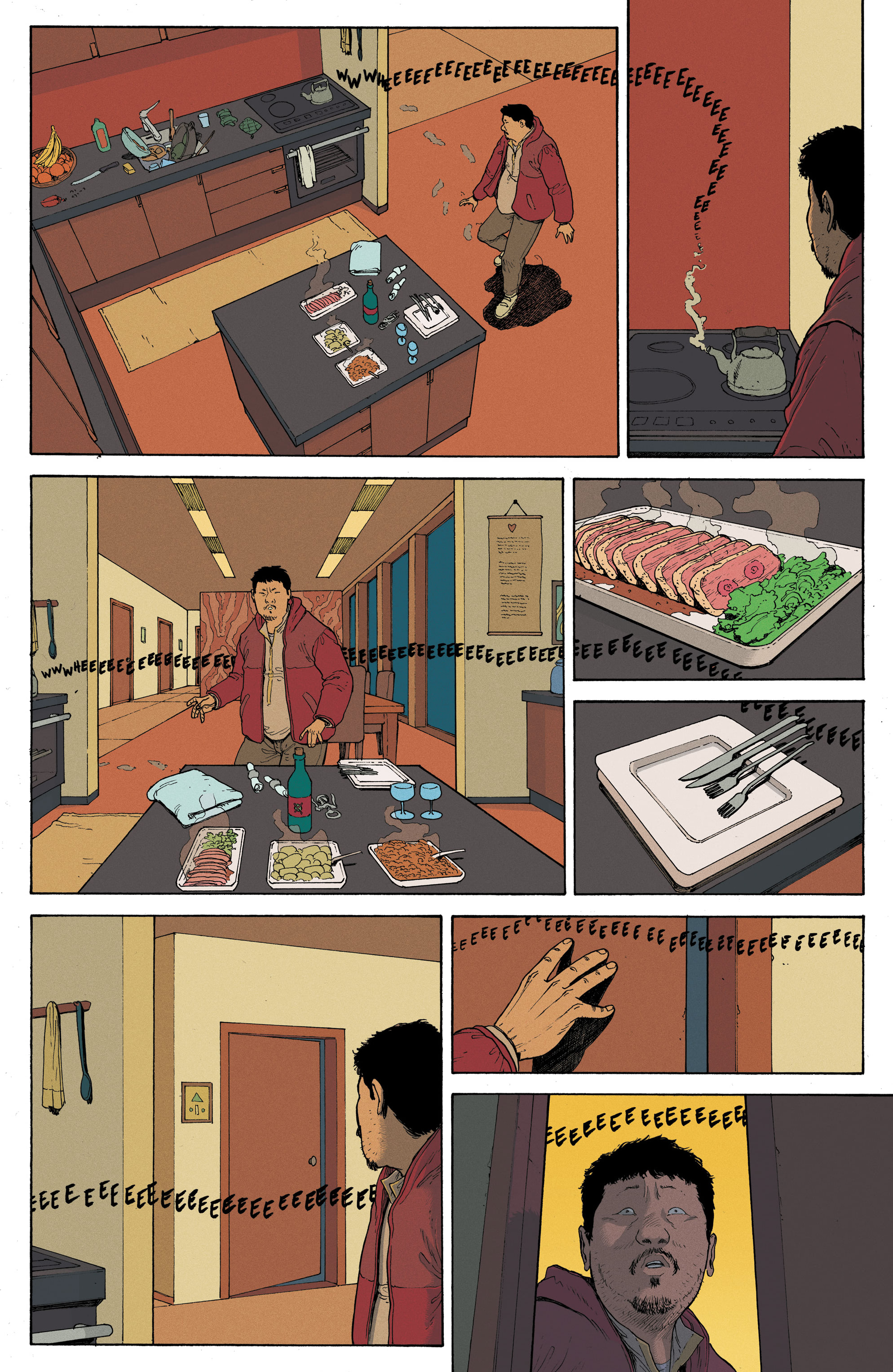 A Righteous Thirst for Vengeance #1
A Righteous Thirst for Vengeance #1
The other best new series in the field has been Newburn, which approaches the business-like dimension of organized crime from another direction altogether by having New York gangsters come to an understanding and basically establish their own parallel investigative branch of (out)law enforcement. Easton Newburn is a detective on retainer to all the major crime families, called in to clarify matters whenever an unclear incident threatens to escalate into gang war, with the mutual understanding that nobody touches him (‘I’m a U.N. inspector wandering through a war zone.’). In other words, the starting point is an appealing fantasy about walking between legal worlds and pursuing leads wherever your reasoning might take you, exploring hidden corners of society with little regard for consequences.
So far, each issue has focused on solving standalone mysteries, thus making for a rewarding monthly read (there are also curious ongoing backups, first one by Nadia Shammas and Ziyed Yusuf and now one by Casey Gilly and Soo Lee). However, you can tell creators Chip Zdarsky and Jacob Phillips are playing a long game here, establishing recurring characters and conflicts that are bound to pay off further down the line, when Newburn inevitably loses his immunity status and is forced to deal with retaliations from all sides. Hell, the series’ pitch and execution are so neat in this one that I’m sure it’s just a matter of time before it gets adapted for a show…
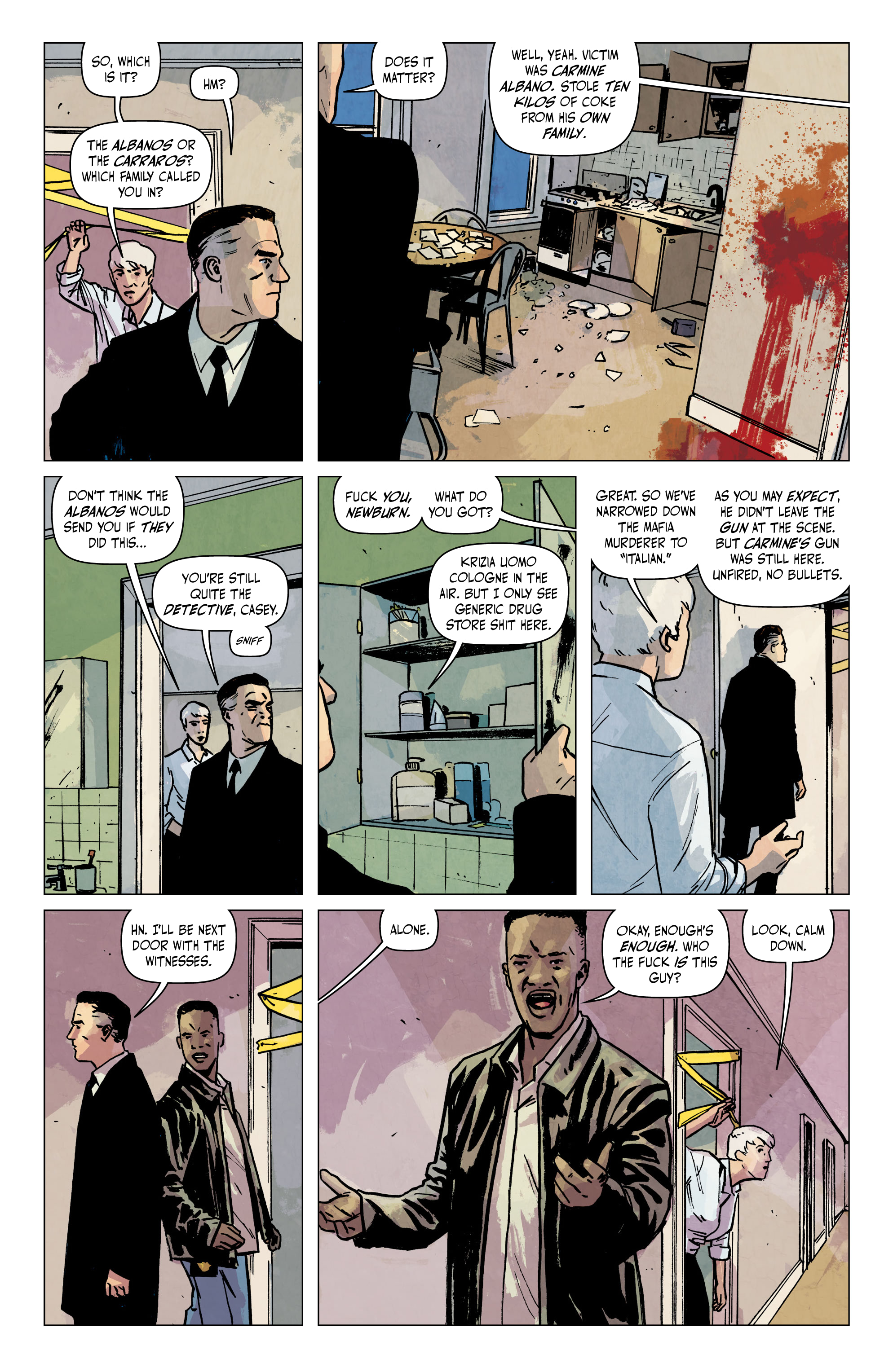 Newburn #1
Newburn #1
In terms of graphic novels, last year gave us Fantagraphics’ English edition of Bastien Vivès’, Florent Ruppert’s, and Jérôme Mulot’s The Grande Odalisque, a hilarious French caper (from 2012) about a team of women hired to steal the titular painting from the Louvre… but they keep getting sidetracked by romantic troubles and by a bonkers subplot about a drug war in Mexico. It’s a sexy book full of acrobatic action – including plenty of shattered windows and spectacular motorbike chases – and with a definite exploitation vibe, so I was all over this!
I’m a fan of Ruppert & Mulot, whose quasi-absurd non sequiturs and off-color comedy tend to go hand in hand with an impressive command of the medium (notably, their Portrait of a Drunk, with Olivier Schrauwen, is one of the most gorgeous-looking adventure comics in recent memory). For instance, look at everybody’s amusing, yet subtle, body language in this scene:

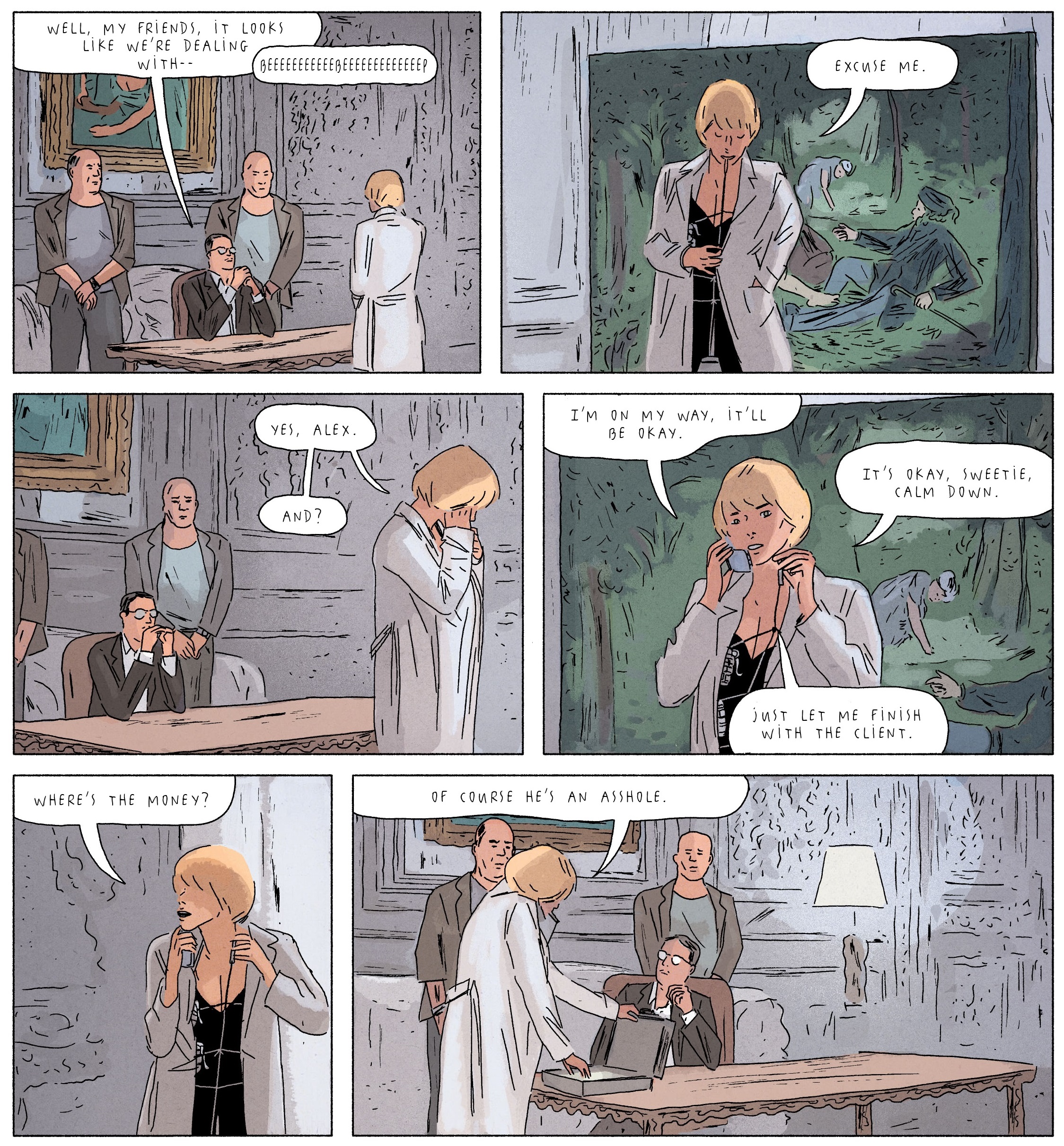 The Grande Odalisque
The Grande Odalisque
(The sequel, Olympia, has just come out, but I haven’t managed to get a hold of it yet!)
2021 also saw the publication of The Mess We’re In, the final volume of the four-book series November, which follows three women whose paths cross on a night when a group of crooked cops’ side business goes terribly, terribly wrong. The story gets pretty gritty, but it’s made smoother by Elsa Charretier’s pleasingly cartoony style (she appears to be channeling Darwyn Cooke, which is appropriate for this material), even if Matt Hollingsworth’s unnaturalistic color choices are somewhat sickly and Kurt Ankeny’s squiggly letters not always easy to decipher.
Matt Fraction’s script has a puzzle-like structure, with snapshots of flashbacks and flashforwards cutting through while chapters zoom in on different characters’ POVs in non-sequential order (some of them take place simultaneously, so you have to flip back and forth between sections to match events and conversations). Beside the Tarantino-esque entertainment value of putting the pieces together in your mind, November’s fragmentation cleverly conveys the limited perspectives of each cast member, placing them in frustration- and anxiety-inducing positions. This device, coupled with the fact that key aspects of the crime ring are kept vague even from the readers, reflects the noirish notion that we’re all little pawns at the mercy of larger forces, caught in a complex web we don’t fully understand…
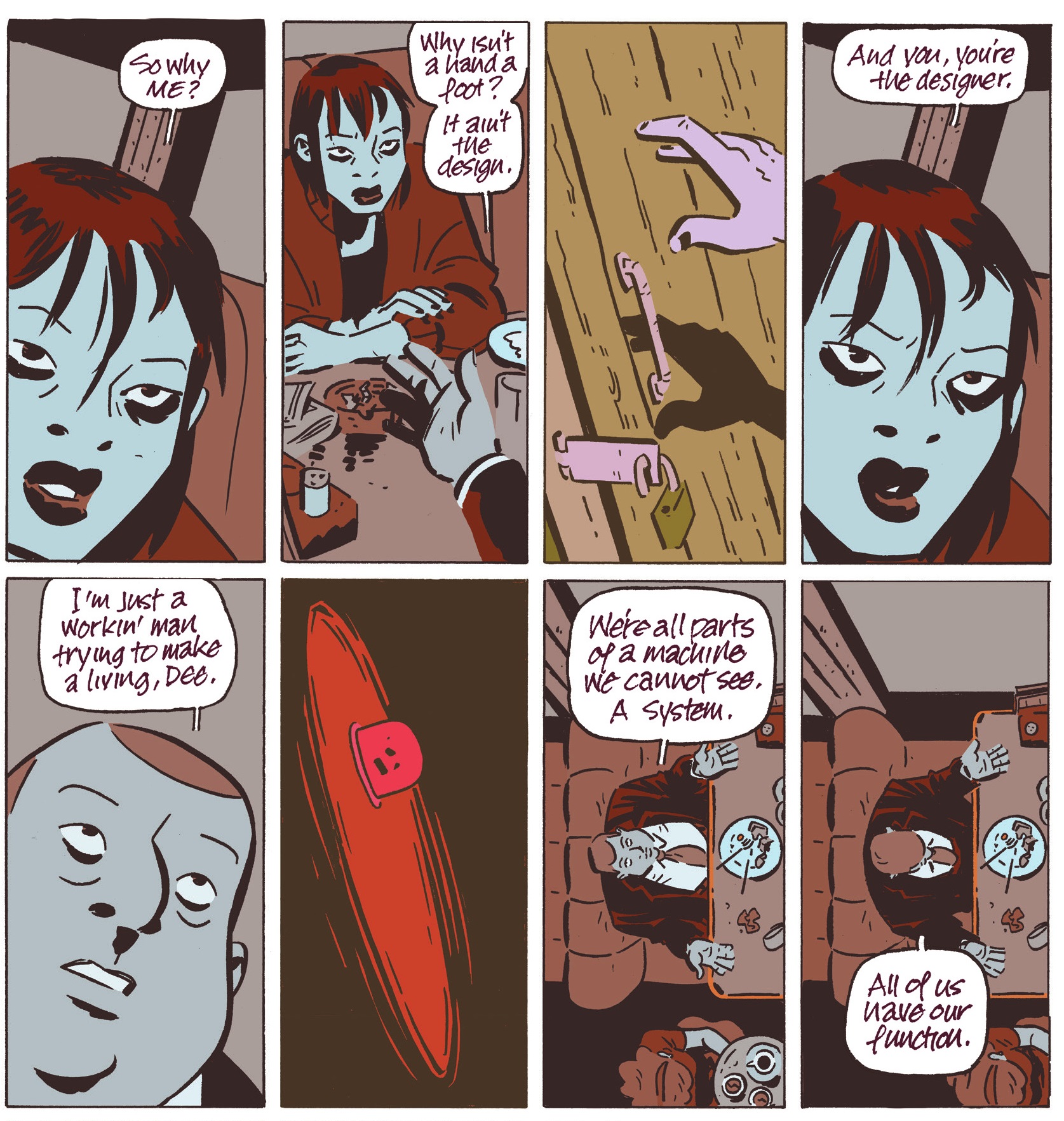 November: The Girl on the Roof
November: The Girl on the Roof
Although soaked in bloody shootouts, The Mess We’re In couldn’t match the awesome chase scene of November’s previous volume, but it did wrap up the narrative in a satisfying way, with fitting payoffs for each of the main characters.
Meanwhile, one of last year’s most promising comic-writing debuts was Ricky Mammone, whose mini-series Second Chances (which has just been collected) took the high concept of a guy who helps criminals forge their deaths and get a new identity – much like Breaking Bad’s Ed ‘The Disappearer’ Galbraith – and spun it into a Milligan-esque labyrinthine yarn about regret, redemption, and existential angst. Although ultimately falling under the weight of its ambition, Second Chances delivered an action-packed, quick-paced thriller spiced up with eccentrically costumed assassins (the Kabuki Twins!) and a subplot about chemically-induced amnesia, blowing up neo-noir motifs to a point that cannot help but bring to mind Sin City.
The result is hardly perfect, but this is just the sort of near-miss (or, as George Carlin preferred, near-hit) that appeals to me, perhaps because the whole thing looks like an audition tape for Batman comics, especially as artist Max Bertolini fills the backgrounds with gargoyles, zeppelins, and objects from various eras, suggesting this story could comfortably take place in Gotham…
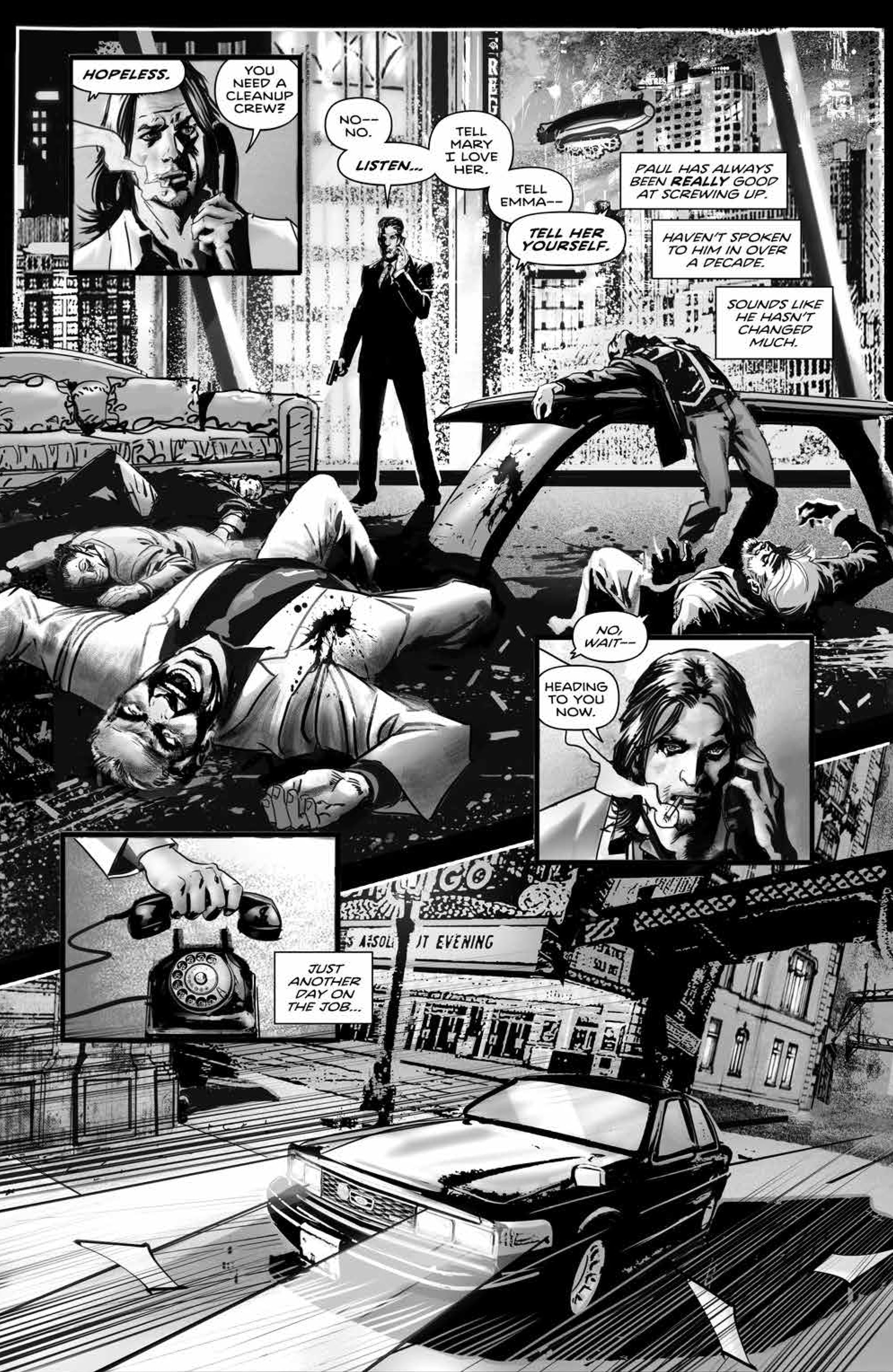 Second Chances #1
Second Chances #1
Speaking of wild mini-series, the Breaking Bad influence was even more pronounced in Chicken Devil, where a guy finds out his chicken business is being used to smuggle heroin, witnesses an attack on his family, and eventually embarks on a deadly rampage of vigilante justice… dressed in a chicken suit!
For the most part, Brian Buccellato’s writing appears little more than serviceable – and perhaps trying too hard to be cool – but the final couple of twists totally won me over, playing with genre conventions in quite a funny way. Mind you, even without it, this comic would be worth checking out thanks to artist Hayden Sherman and letterer Hassan Otsmane-Elhaou, who craft a truly vivid, over-the-top reading experience through offbeat layouts, bold color choices, and word balloons with all sorts of weird shapes, sizes, and placements…

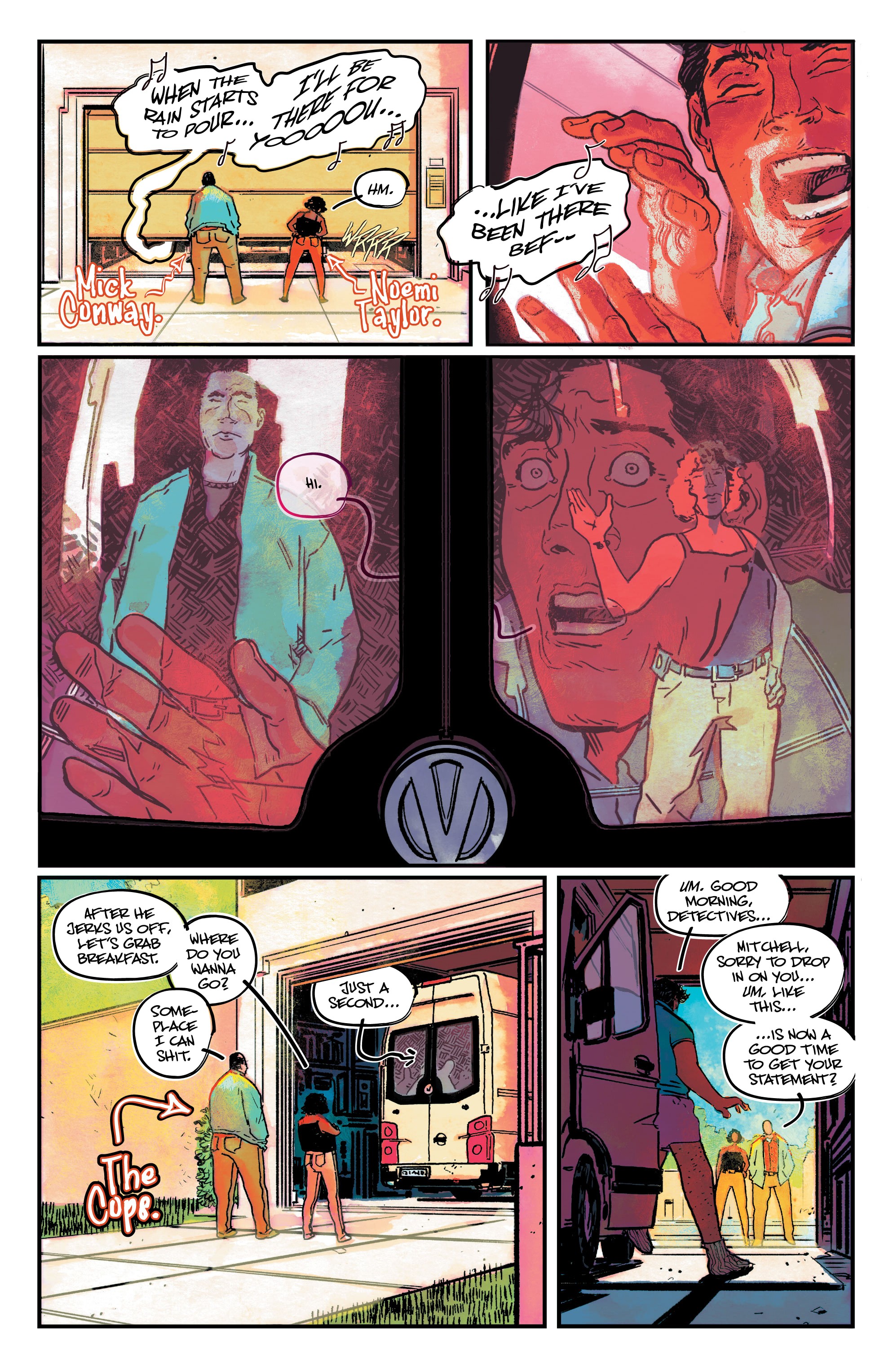 Chicken Devil #2
Chicken Devil #2
If you prefer a more conservative look, SAF comics has published translations of the first two albums of Aloma – namely The Treasure of the Thrill Seeker and its follow-up, Pope’s Head – about a Catalonian art trafficker who keeps getting entangled in two-fisted adventures where a bunch of shady figures compete against each other to find precious antiques, not unlike The Maltese Falcon (which the text explicitly acknowledges). Although the original works are quite recent (the first book came in 2018), the whole thing has a classic Eurocomic vibe in terms of both plot and visuals.
Veteran Spanish creator Alfonso Font is completely at home here: his track record stretches back to the 1960s and he has built an enviable career doing genre work not only in Spain, but also for British and American publishers (Klaus Janson credits him as a major influence), so while you shouldn’t expect anything groundbreaking, what you get is pretty solid storytelling, in an escapist fluff sort of way, as long as you don’t mind the occasional cheesecake (Font goes out of his way to establish that the titular character is smoldering hot).
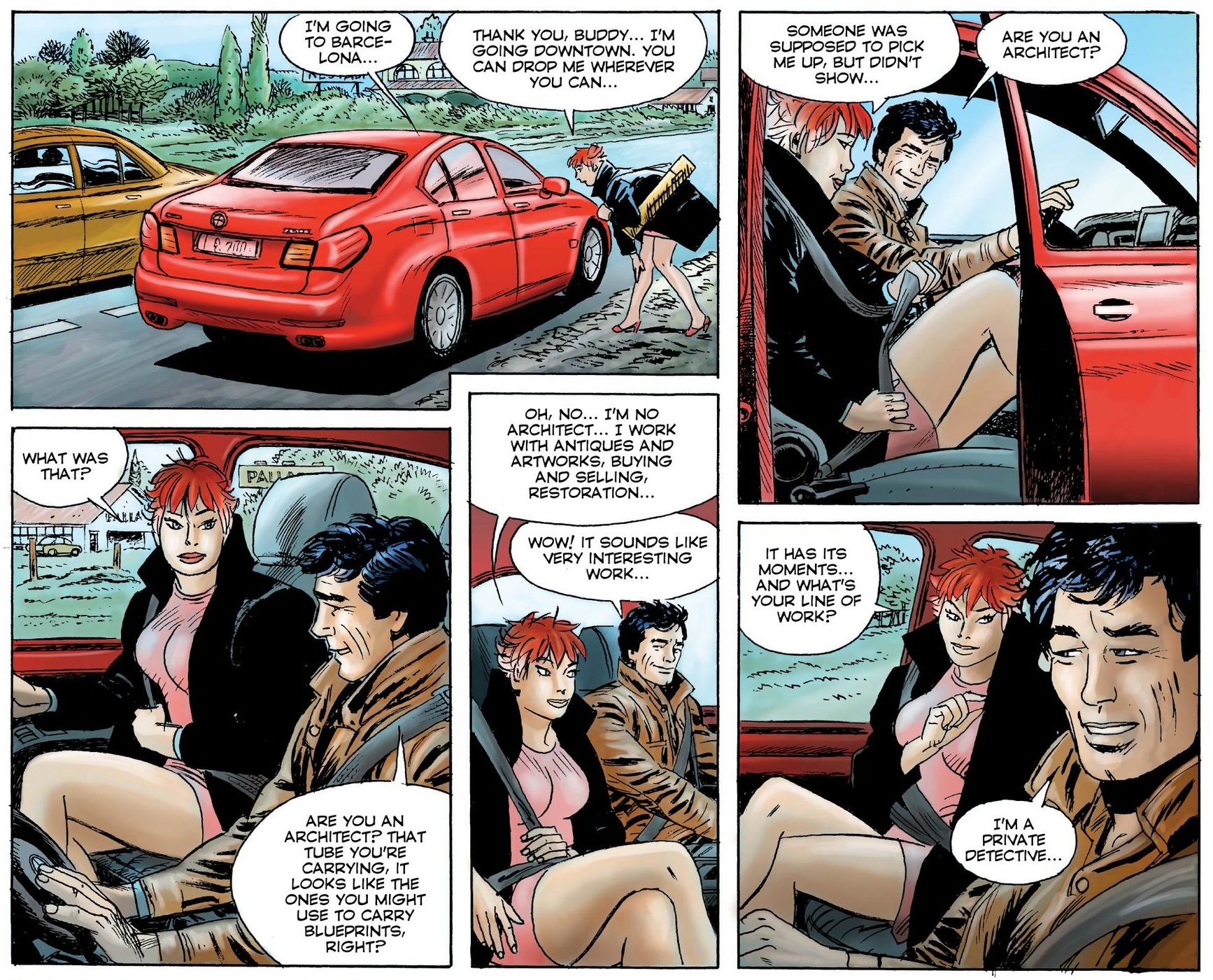 The Treasure of the Thrill Seeker
The Treasure of the Thrill Seeker
Catalonia has churned out its fair share of offbeat mystery yarns, most notably the amusingly witty novels of Manuel Vázquez Montalbán and Eduardo Mendoza (by contrast, what I’ve read of the Andalusian Antonio Muñoz Molina is much more melancholic). Font isn’t exactly in their league, but he knows how to navigate this territory, stealing from the best while updating a classic set-up into our contemporary world of climate crisis, war on terror, and transnational money laundering schemes.
That’s it for today. I hope to do another round of these in a couple of weeks!

